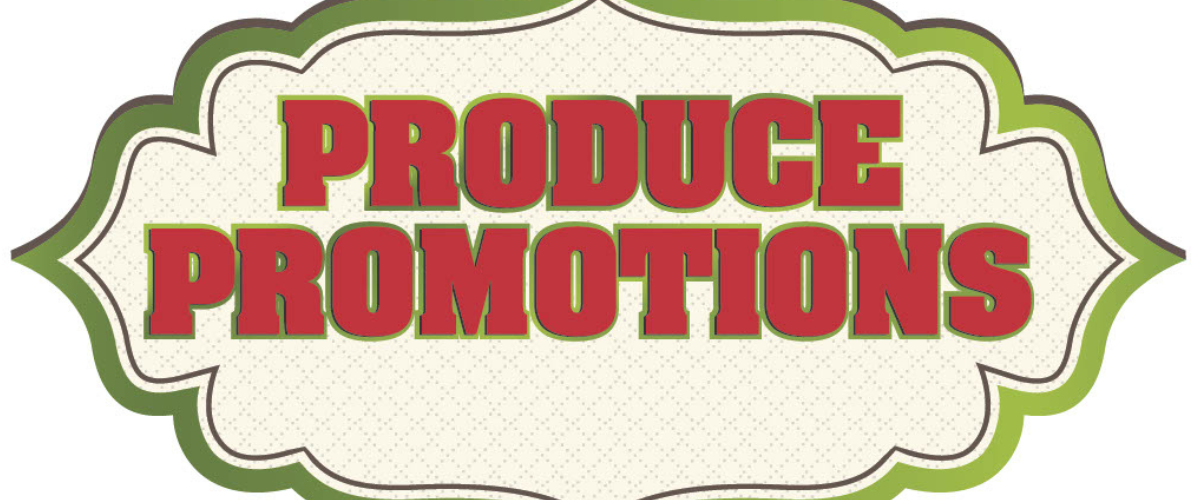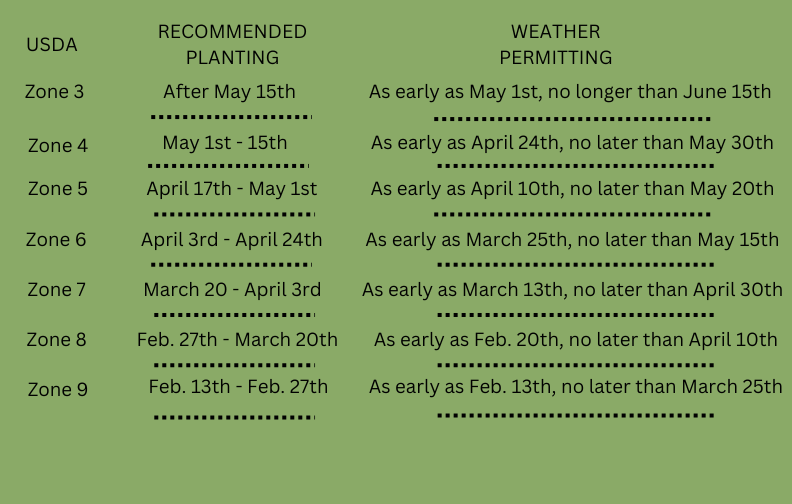| Quantity | Price |
| 1-9 | $11.50 |
| 10-29 | $10.50 |
| 30-99 | $10.00 |
| 100-199 | $9.50 |
| 200 + | $8.75 |
(USDA 1989) Nelson ripens late mid-season. The fruit is large, firm, light blue, has good flavor and scar. The bush is vigorous, upright, and is suitable for commercial and pick-your-own harvest. Yields have been high in test planting at Grand Junction, Michigan.





